Developer: Intelligent Systems
Publisher: Nintendo
Genre: Strategy RPG
Platform: Nintendo 3DS
Released: 19/04/2013
Editions: Physical, Digital
The Fire Emblem series is one of Nintendo’s core franchises, first appearing on Japan’s NES, the Famicom, back in 1990. As a strategy RPG, the series combines rich stories in fantasy medieval style settings with its core grid-based rock-paper-scissors gameplay. Like other Nintendo franchises, Fire Emblem sticks with the same mechanics and execution in every release, which have made it look increasingly stale. The 2008 Wii title Radiant Dawn failed to produce any technical advancement over its GameCube predecessor, and the Nintendo DS release of Shadow Dragon was a welcome, but typical, remake of the first game.
With the series seemingly on its last legs, it turned to Fire Emblem Awakening, the 11th main title (not counting remakes or spin-offs), to revitalise the series and bring it into the modern gaming world. The central game mechanics are still present, however Awakening builds upon those introduced in 2010’s Japan-only Nintendo DS title Fire Emblem: Shin Monshō no Nazo ~Hikari to Kage no Eiyū~ (Fire Emblem: New Mystery of the Emblem ~Heroes of Light and Shadow~), a remake of the third game released on the Super Nintendo Entertainment System in 1994.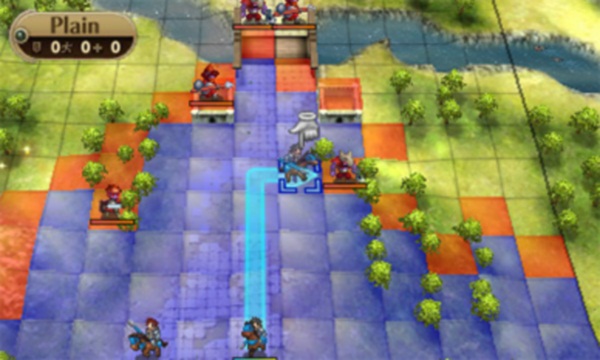
Battles take place on a map that is divided into a grid, with your soldiers and the enemy units placed in specific starting positions. As the player you take turns in moving your army around the map, defeating enemy units in the rock-paper-scissors style combat (swords beat axes; axes beat lances; lances beat swords). This core, tried-and-tested mechanic is still a big part of the strategic element, but somehow it feels less important to match the weapon triangle, with only occasional, minor bonuses in attack strength and hit percentage. The focus is more on ensuring your units have enough placed in HP and defences to survive a high-powered attack, making weapon use simpler, particularly for newcomers. Traditionally, if one of your units die they are gone for good, but Awakening brings with it Casual mode where units don’t vanish forever if they are defeated in battle. Fire Emblem purists may scoff at the idea, but it’s a very welcome change that makes the game so much more accessible to new players. The availability to turn off permanent death may encourage some to rush through each map in the vein of an action game, but true enjoyment is found through playing the game strategically, developing a clear, efficient route through the enemy forces. You’ll need to alter your approach depending on the situation – taking risks and being more aggressive may reap rewards, but playing defensively may be the better route if up against a strong group of enemies. The enemy AI can be particularly aggressive, purposely targeting lone or weaker units, which depending on your play style can see an imbalance where weaker units get left behind in development compared to stronger ones.
To make it easier to take down tough enemies, you have the ability to pair up units on the battlefield. This not only offers statistic boosts, the chance to attack with both characters and the chance for the additional character to defend your main unit, but also aids in building a relationship between the two paired units. Support relationships have existed in previous Fire Emblem titles, but this time around the added ability to marry characters and have children makes building those relationships vastly more important. Child characters can be recruited and inherit skills and statistics from both parents, offering powerful new units to add to your army. While the cast is quite numerous, children can plug holes in areas where your force is lacking and can be vital assets in the punishing late-game. And this means that losing a character, particularly early on, has a bigger impact on the available story and interactions between characters.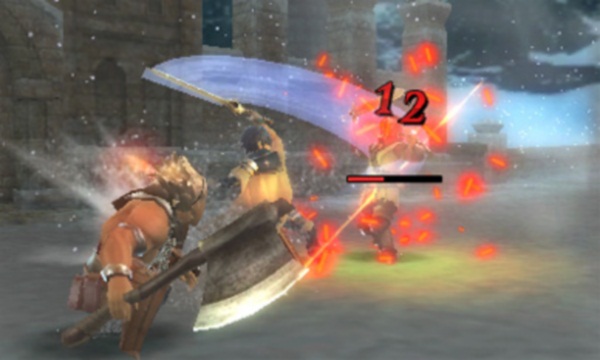
And that story is a well-spun fantasy tale, taking place many generations after the events of Shadow Dragon and Mystery of the Emblem. Chrom, Prince of Ylisse, and his merry band known as the Shepherds may face off against a range of typical bad-guy characters, but the amount of intertwining plot threads and overall execution make the game very immersive. This is aided by building more upon the avatar player character first introduced in New Mystery of the Emblem; playing a more crucial part in the story rather than just being another unit as in the earlier game. Considering that the idea has been played with since 2004’s Fire Emblem, it is welcome to see a fully fleshed-out player character that is really one of the story’s main driving forces.
Being an RPG, your ties and emotional involvement with the cast are important points when it comes to immersion. Each character has their own distinct personality and attached story that brings them to life, allowing you to believe in and love this small band of warriors. This emotional investment can alter how you play the game, especially when permanent death is switched on – you try much harder to keep your favourite units alive; resetting the game in outright agony when one of them falls. It’s one of the series’ main strengths; delicately weaving the narrative and gameplay together in a way that borrows the effects of a fantasy novel. In certain approaches this can make difficult battles very stressful, but it is all the more fun for doing so.
The game’s presentation stands up well, despite the clashing visual styles. Due to the low processing power of the 3DS, the game splits majoritively between the classic pixel art style of the old games, while utilising runtime rendered 3D graphics for the combat scenes between two units and cutscenes. In reality, the 3D battle graphics are just a cover for the game doing its calculations, but there has always been something fascinating about them, even back in their older 2D form, as you bite your lip in the building tension, begging for your character to survive. To some, in particular those more familiar with modern console and PC games, the 2D sprite work may seem a little dated; but its retro charm is part of its appeal. Everything is sharp, clear and you have the correct amount of visual information for the gameplay to seem natural.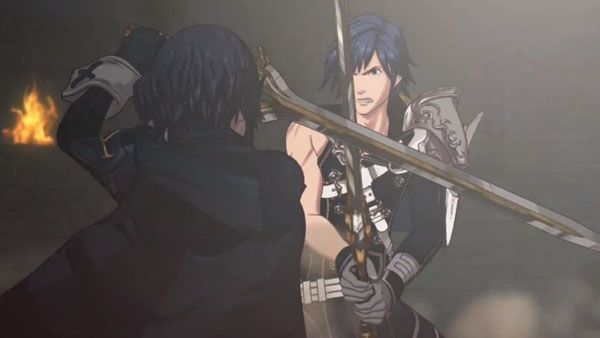
Not for the first time in the series, Awakening also uses animated cutscenes to tell key parts of its story. While Path of Radiance’s animation was helmed by Production IG, this time we have Madhouse producing very beautiful, cel-shaded pieces of animation that fit in with both the platform and the game’s style. While the quality makes it a shame there a limited number of these, you really have to appreciate how the money has been sunk into them; and while using Japanese animation is nothing new, particularly for Japanese RPGs, it feels like Nintendo and Intelligent Systems are investing in the right areas to maximise the quality of the presentation and double-up in the bonus of attracting that particular Japanophile type of consumer. The voice work is also particularly pleasant, with some big names across both its English and Japanese language tracks, including Wendee Lee and Laura Bailey as part of the English cast, and Tomokazu Sugita and Yū Kobayashi as part of the Japanese cast; all of which have had significant anime roles. They particularly come to the fore during cutscenes; however you also hear voice snippets at the beginning of a line of spoken text. These latter utterances are rather generic, mainly with the purpose of giving some audible feedback to the player which isn’t particularly needed.
The soundtrack itself stands up to the series’ form that produces some solid and refreshing themes that just add to the immersion. The quality of the music makes this a game where you’ll rarely play with the sound off – it’s certainly a key part of the experience.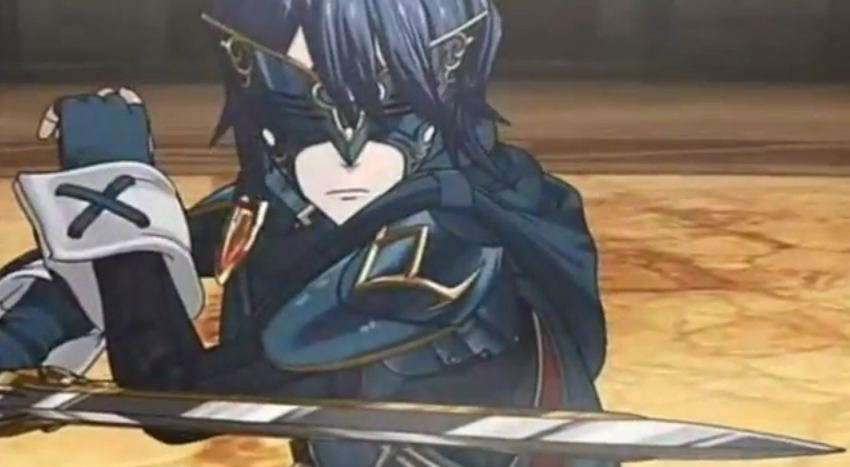
Outside of battle, your main hub is the world map, where the game’s chapters are displayed as traversable points. After clearing a chapter’s battle map, merchants, enemies and friendly units will occasionally camp down and can be interacted with. Merchants are an additional shopping factor, who temporarily boosts the range of items available at that chapter’s shop, and while offering some powerful items they are most useful for their discounts, which is a boon in a game where money is relatively scarce. Some enemies in chapters carry bullions which can be sold for sums of cash, but it is difficult to rely on that alone. This encourages you to both spend your money wisely and take on challenge maps, which are available when an enemy moves onto a chapter point on the map. These offer a stock set of enemies to mine for both experience and money and are therefore very worthwhile in taking on. The money you acquire often offsets the penalty in the limited use of weapons, so there’s really no downside to playing a challenge map.
The appearance of friendly units is the game’s main use of Streetpass – where the game downloads the team data of other players you pass by, and you can recruit, fight or buy items from them in your game. The ability to buy rare items from other players is probably the most useful feature, as recruiting is either expensive through money or risky through fighting. Where fighting becomes useful is in recruiting characters from classic Fire Emblem games through Spotpass. There is a huge selection of characters available, meaning that you can play through the game as your favourites from the series, but as these characters can be summoned infinitely the battles offer a good way to grind experience if you’re finding yourself a little underpowered and lacking in enemies to fight. The only downside to the map navigation is that enemy and friendly units disable a chapter’s shop, which can be frustrating early on when your key resupply towns are blocked off by tougher enemies than you want to risk fighting. Enemies and merchants will disappear over time if you leave them alone, but friendly units will remain on the map until you do something with them or dismiss them manually.
Streetpass isn’t the only multiplayer feature, as you can also team up with a friend in Double Duel against a small band of powerful enemies that rewards you with rare items. While multiplayer options have clearly been thought about, Streetpass takes precedence instead of a player-versus-player multiplayer mode that was featured in the Game Boy Advance titles. With the ability to have strong online features it is a slight disappointment that a full-scale competitive multiplayer mode is not available, but does not mar what is essentially an excellent single player game.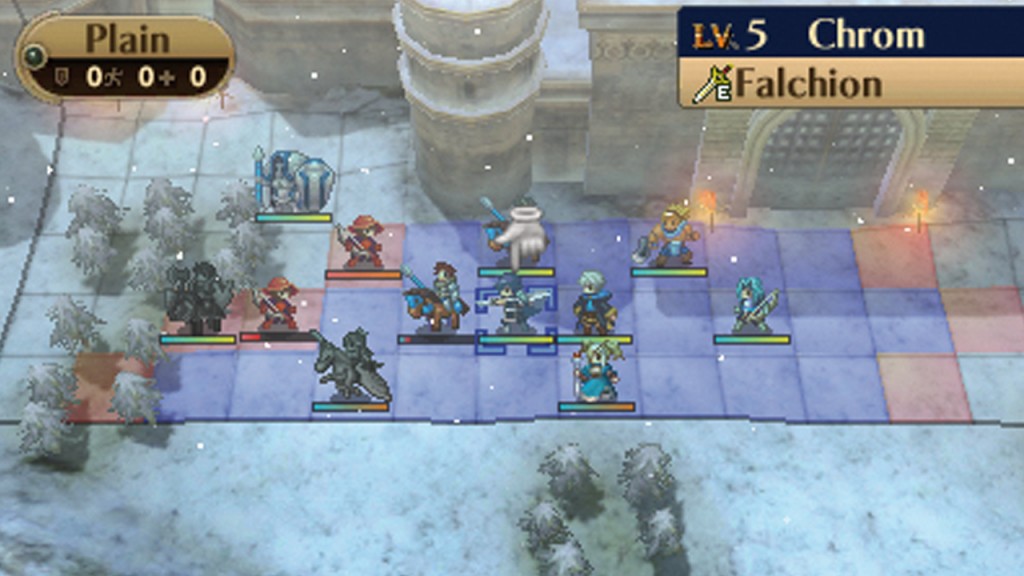
If you really want more fighting beyond what is available in the main campaign, you’ll have to look towards the range of downloadable content chapters available freely via Spotpass, or as paid content on the eShop. The Spotpass chapters offer a good way of extending the game past its end, being available only after the final main chapter; while the paid DLC content offers good value for money with a wealth of powerful rewards and additional storylines – including one helping a perverted old man retrieve cards of previous Fire Emblem heroes, and another set in an alternate timeline which focusses on the game’s child characters. If by the end of the main game you haven’t had enough, these chapters offer a very difficult and rewarding challenge that tests even the best of players.
With all of this wealth of content, a refined and accessible gameplay experience and an exceptionally strong and engaging story; Fire Emblem Awakening is one of the finest Fire Emblem games ever released. It breathes a new sense of life into a series that was rumoured to be up for the chop, and really brings it forward into the modern realms of gaming. There are a few things that still need working on, but the overall result is a deep and satisfying experience that appeals to lovers of both strategy games and RPGs.
9/10 – Great
Extras
Upon completion of the game you are rewarded with a movie theatre, where you can watch all of the game’s animated cutscenes; a gallery mode, where you can view character models and terrain backgrounds, listen to the soundtrack and sample character voices; and a log of all character support conversations you have unlocked. You can also test marital compatibility between any two of your current characters in Hubba’s Love Tester.
